
Uranus as seen by NASA's James Webb Space Observatory. (Image: NASA, ESA, CSA, STScI)
Astronomers using the James Webb Space Telescope have discovered a previously unknown satellite orbiting Uranus, increasing the planet's total number of natural moons to 29.
Now designated S/2025 U1, the object is only about 10 kilometers in diameter. Its small size explains why it went unnoticed when Voyager 2 flew past the ice giant in 1986.
The telescope's NIRCam infrared camera captured the sun's glare in a series of 40-minute exposures, revealing the moon's presence. Scientists believe the discovery points to the existence of other hidden objects in the Uranian system.
You might be interested
-
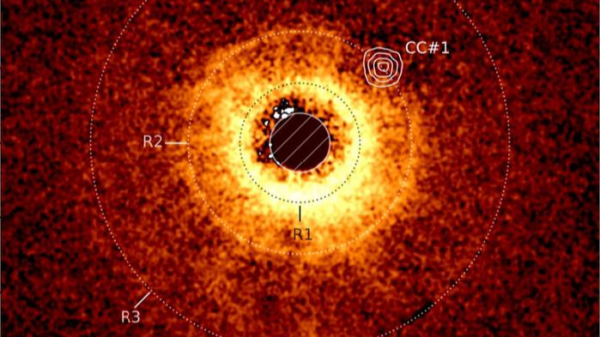
Webb telescope discovers Saturn-sized planet that remains hot after formation.
-

JWST detects exoplanet with anomalous orbit: 'One of the coldest and oldest objects'
-
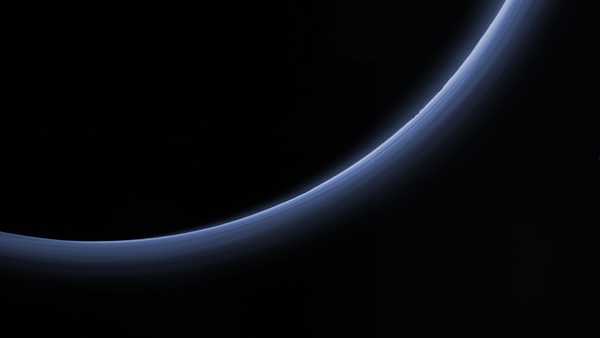
Webb telescope reveals unique climate features of Pluto
“No other object has as many small inner moons as Uranus. Their interactions with the rings reveal the system's chaotic past,” said Matthew Tiscareno of the SETI Institute. “The new object is fainter and more compact than previously known moons, suggesting that there are even more complex structures waiting to be discovered.”
Uranus, discovered in 1781 by astronomer Friedrich Wilhelm Herschel, is located 2.9 billion km from the Sun. This distance is 20 times greater than the distance from Earth to the star.
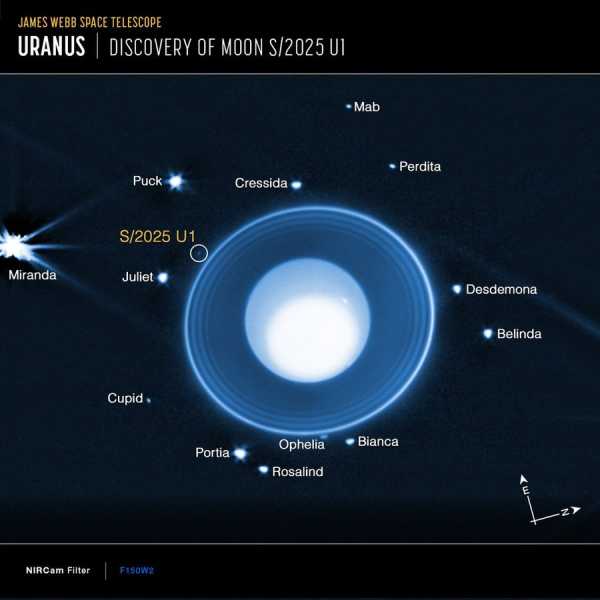
Uranus and its satellites (S/2025 U1 highlighted).
The basic data about the planet comes from Voyager 2, which flew past Uranus four decades ago. But new observations add to that knowledge.
The satellite is located 56 thousand km from the center of the planet, occupying a nearly circular orbit. Its position in the zone of inner dark rings probably made it difficult to detect earlier.
RELATED MATERIALS
— Length of day on Uranus: research results.
— Updated data on the composition of Uranus and Neptune.
— Studying Uranus' auroras with JWST.
The official name of the satellite is awaiting approval by the IAU. Traditionally, Uranus' moons are named after characters in Shakespeare's works.
The discovery demonstrates JWST's ability to study objects in the solar system, despite its deep-space focus. Scientists highlight the links between the Voyager 2 mission and modern research. “Webb is pushing the boundaries, opening up new horizons,” said Mariam El-Mutamid of the Southwest Research Institute.
TOPICS James Webb Space Telescope Solar System

Ben TurnerSocial Networks
Ben Turner is a science journalist at Live Science, specializing in astrophysics and technology. A graduate of University College London, he writes about fundamental research and climate change.
You must verify your name before posting a comment.
Please sign in again to customize your display name.
Exit Read more
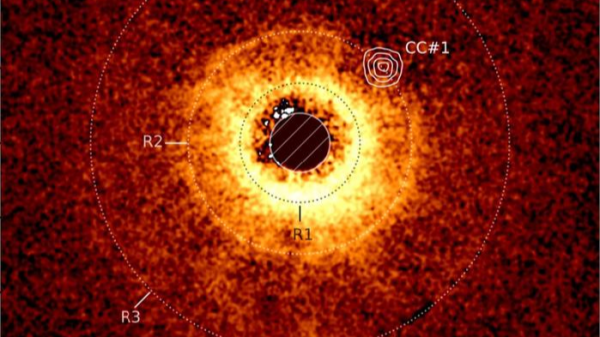
Webb telescope discovers Saturn-sized planet that remains hot after formation.
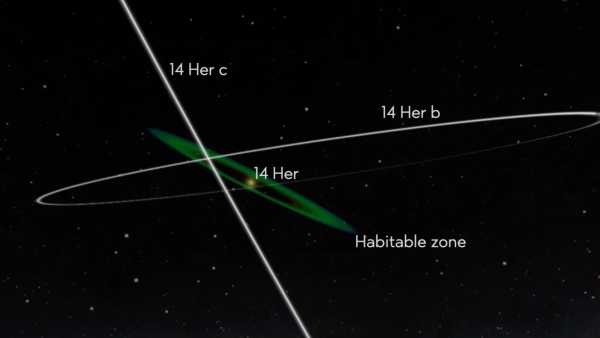
JWST detects exoplanet with anomalous orbit: 'One of the coldest and oldest objects'
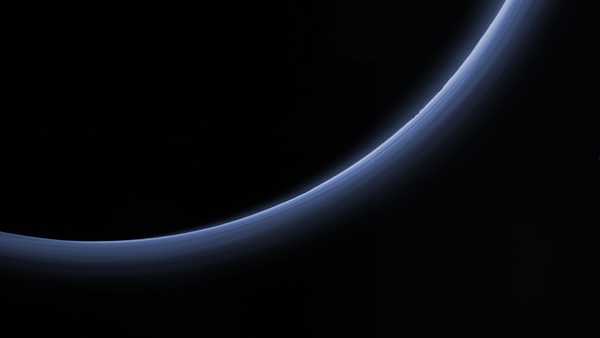
Webb telescope reveals unique climate features of Pluto
Sourse: www.livescience.com





